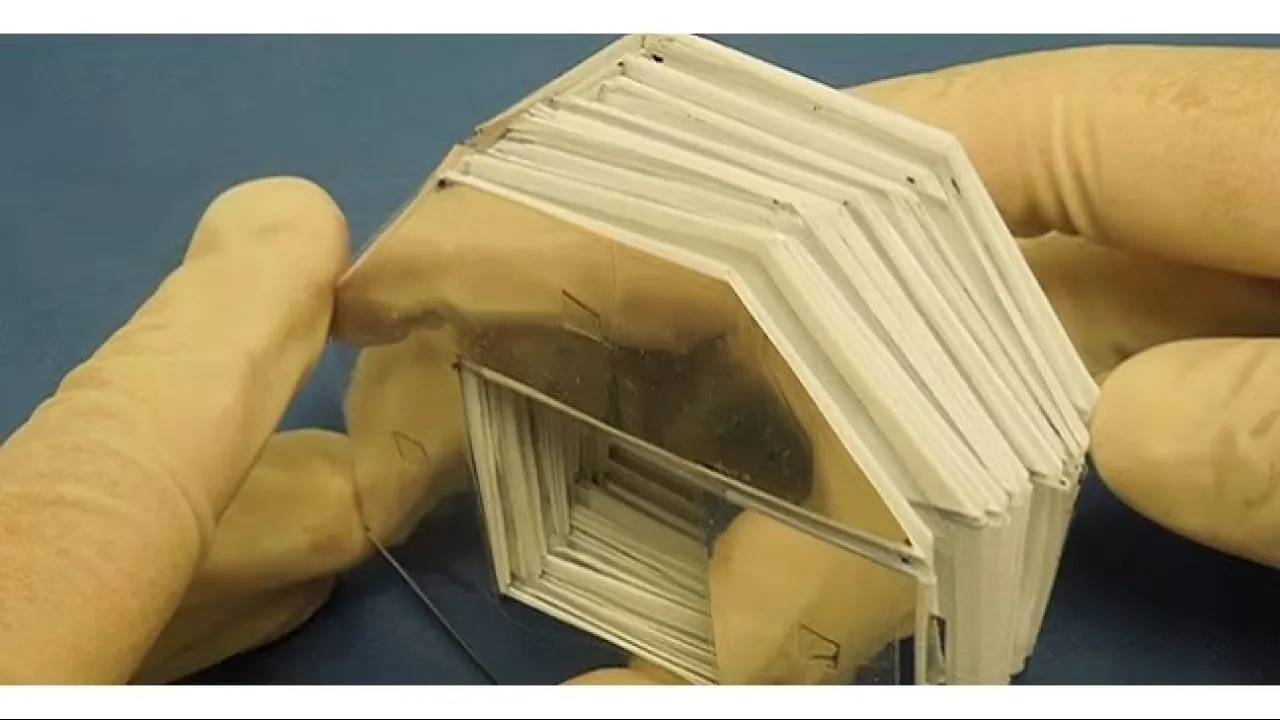
An origami 'slinky' that harvests incidental energy
Lightweight and low-cost device uses friction inside paper-based coils to transform mechanical motion into electricity.
About
Using the ancient Japanese technique of origami to fold paper sheets and Teflon films into three-dimensional spring structures, researchers from KAUST have developed an electrical ‘nanogenerator’ that can power tiny sensors and software networks using mechanical energy harvested from the environment.
Mechanical energy harvesters are devices that can capture trace amounts of energy from normal occurrences — vibrations from passing trains, or the footsteps of pedestrians for instance — and convert them into usable electricity. One of the most effective ways to do this is via a phenomenon known as triboelectricity. This effect, familiar to anyone zapped by built-up static electricity, occurs when two materials of different polarities make contact intermittently. The repeated rubbing causes electrons to jump from one surface to another, creating an electric potential proportional to external force.
Researchers have exploited this behavior to produce triboelectric nanogenerators (TENGs) that slide or tap together for small-scale energy production. Moving electrons between adjacent surfaces in TENGs, however, is generally performed with ‘triggers’ that move in one direction only — a limitation that prevents capture of the full range of potential energy.
Jr-Hau He from the Division of Computer, Electrical and Mathematical Science and Engineering at KAUST along with international collaborators set out to solve this puzzle using shape-shifting, paper-based origami structures. First, the team folded regular printer paper into four ‘L’-shaped pieces, and then interconnected them into a spring-like subunit. After gluing aluminum foil and Teflon sheets to the paper substrate, they linked the subunits together into an integrated device resembling a Slinky toy.
Read the full article